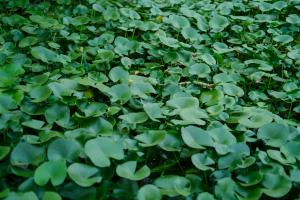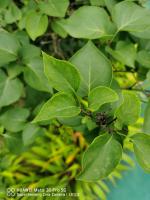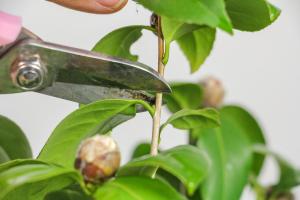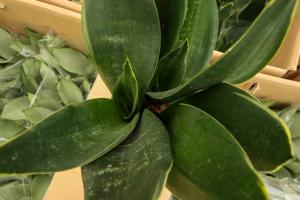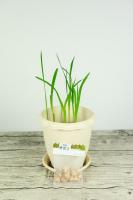When to Plant Tomatoes in Illinois
Tomatoes are a popular crop for many gardeners in Illinois. They are relatively easy to grow and can produce a bountiful harvest. However, planting them at the right time is important to ensure healthy plants and a successful harvest. In this article, we will discuss when to plant tomatoes in Illinois.
Climate in Illinois
Illinois has a continental climate with cold winters and warm summers. The state is divided into three climate zones: Northern, Central, and Southern. The average last frost date in the spring ranges from mid-April to mid-May depending on the zone.
When to Start Seeds
If you plan to start tomato seeds indoors, you should begin about 6 to 8 weeks before the average last frost date in your zone. This will give the seedlings enough time to grow and develop before transplanting them outside. For most of Illinois, you should start tomato seeds indoors in late February or early March.
When to Plant Outside
You should transplant your tomato seedlings outside when the soil has warmed up and the threat of frost has passed. In most of Illinois, this will be around mid-May. However, you should pay attention to the weather forecast and avoid transplanting on a cold or rainy day. Tomato plants prefer warm temperatures and plenty of sunshine.
Choosing a Location
When planting tomatoes, choose a location with full sun and well-drained soil. Avoid planting in low-lying areas where water may accumulate. You should also rotate your tomato plants each year to help prevent soil-borne diseases.
Care and Maintenance
Tomatoes require regular watering and fertilization to thrive. Water deeply once or twice a week, depending on the weather and soil moisture. Fertilize every 3 to 4 weeks with a balanced fertilizer. You should also remove any yellow or diseased leaves to promote healthy growth.
Conclusion
Tomatoes are a delicious and rewarding crop to grow in Illinois. By planting at the right time and caring for your plants properly, you can expect to have a bountiful harvest. Remember to start your seeds indoors in late February or early March and transplant them outside in mid-May, as long as the soil has warmed up and the threat of frost has passed.

 how many times do yo...
how many times do yo... how many planted tre...
how many planted tre... how many pine trees ...
how many pine trees ... how many pecan trees...
how many pecan trees... how many plants comp...
how many plants comp... how many plants can ...
how many plants can ... how many plants and ...
how many plants and ... how many pepper plan...
how many pepper plan...